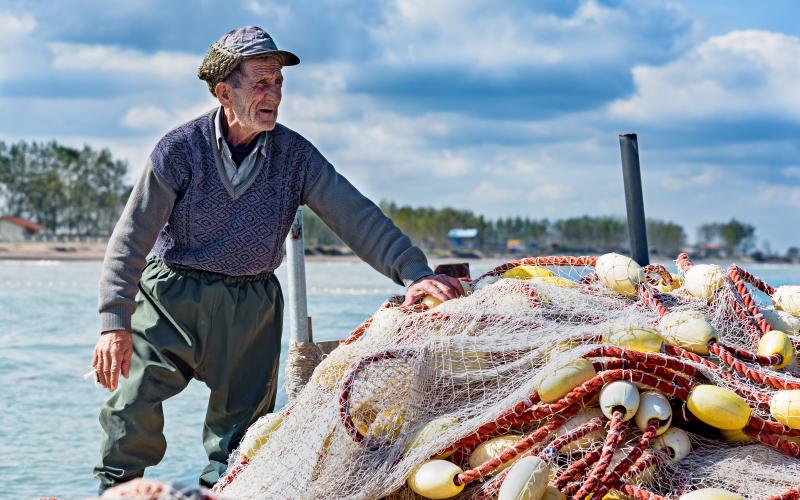Blue Growth: a Future of Opportunities for Marine Fishery

Blue Growth: a Future of Opportunities for Marine Fishery
Humans have long looked to the ocean for opportunities, sustenance, and growth. Today, advocates of “Blue Growth” aim to foster sustainable economic growth in the marine sector. Absent in the grandiose vision, however, is where our interaction with the ocean first began: fishing. Global fisheries production has stagnated: ecology is fragile, regulations are strict, and fish prices are low. So, what is the future for marine fisheries? What will be its role in Blue Growth?
Hilborn, Ray, & Costello, Christopher. (2018) The potential for blue growth in marine fish yield, profit and abundance of fish in the ocean. Marine Policy, 87, 350-355.
“Blue Growth” is a brand-new term: it calls for a future of economic growth and ecological sustainability by utilizing the resources of the oceans. Fishing is an age-old practice: it is derived from our common hunter-gatherer past. The challenge today is to combine the new and the old.
As things stand, marine fishery offers bad prospects and even worse reputation. Global marine fisheries production has stagnated in recent decades; growth has been elusive. Furthermore, the fishing industry is directly contributing to the collapse of fish stocks around the world. Blue Growth preaches just the contrary. So, does marine fishery have a part to play in Blue Growth?
In a recent paper published in Marine Policy, fishery scientist Ray Hilborn, from the University of Washington, and economist Christopher Costello, based at the University of California, Santa Barbara, ponder this question.
The study makes use of stock assessment data and computer models to compare 4713 fisheries around the world. This figure represents 78% of all global catch today.
The researchers adopted the concepts of the maximum sustainable yield (MSY) to assess fishery productivity. MSY makes the fundamental assumption that the total fish production is dependent on the existing fish stock. In an ocean that is saturated with fish, fish production will slow due to competition for resources and space. In an ocean depleted in fish stocks, fish production will likewise stall due to an inadequate base population. For every fishery, there is an optimal population level that maximizes a constant and sustainable flow of harvest of fish. This flow of harvest is called the MSY.
When the world’s fisheries are measured using this rubric, the researchers discovered that many fisheries have not yet attained MSY. In fact, 42% of all fisheries, including most of the world’s biggest and most productive fisheries, are not being optimally managed. Some fisheries could simply be fished harder. Most others, while overfished today, could be made more productive at MSY if the fish stocks are allowed time to rebuild.
The study leaves us on an optimistic and promising note: with smart management, marine fishery may yet become a vital component in realizing Blue Growth. There is hope yet that this much-maligned industry could be both more sustainable and more productive tomorrow.




